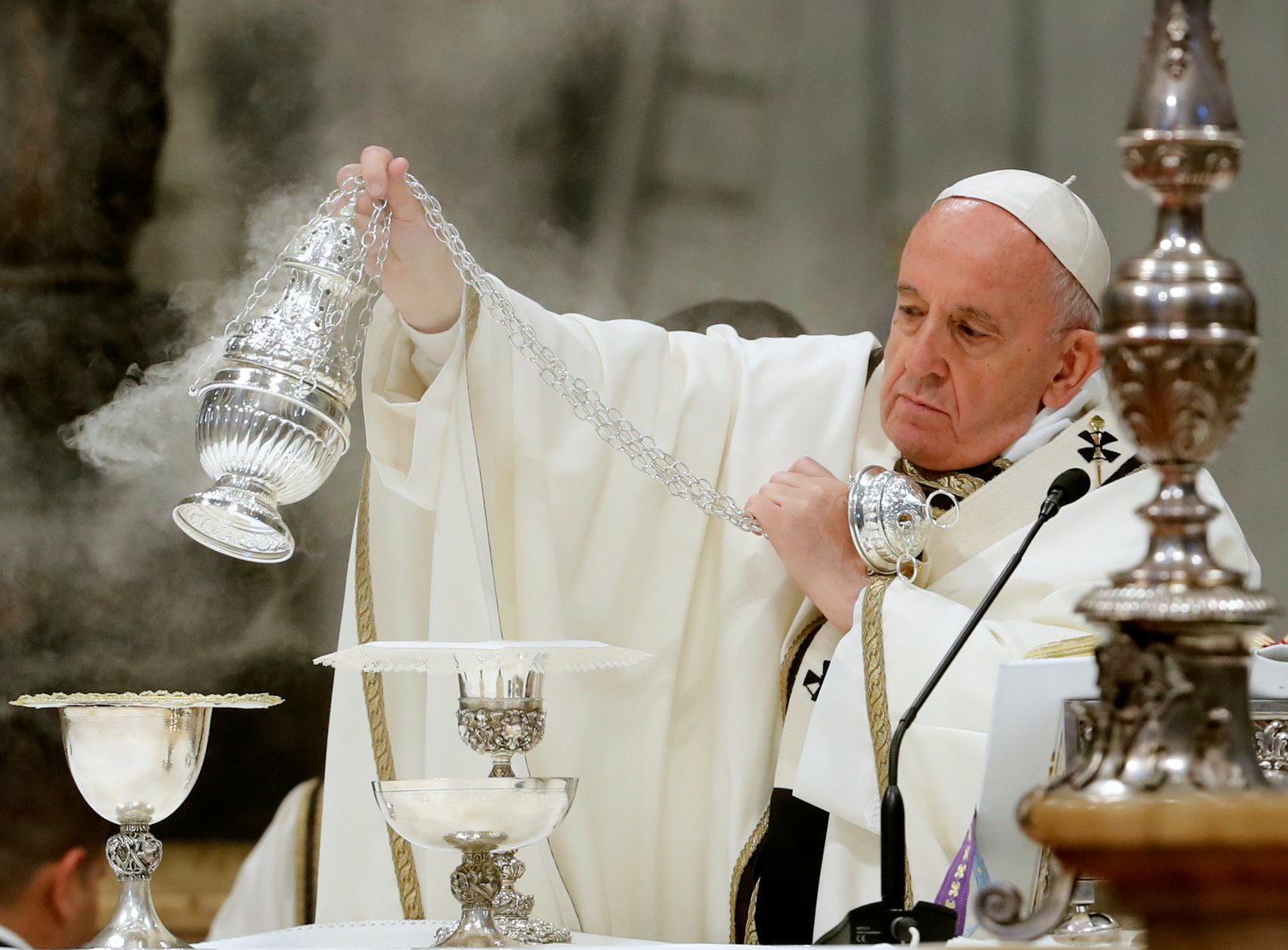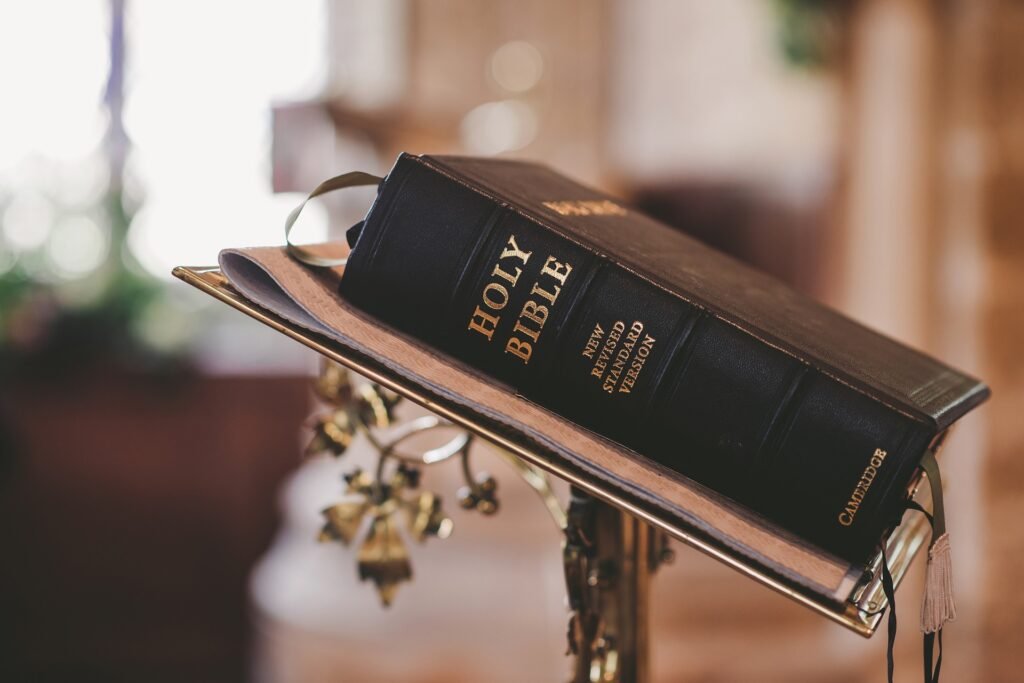Introduction
Imagine the faint wisp of fragrant smoke spiraling upwards, a delicate dance that rises to touch the heavens. Incense, with its deep and intoxicating aroma, has been a symbol of the spiritual, the divine, and the mysterious since ancient times. But how does this fragrant substance intertwine with the pages of one of the most influential books in human history? Is incense in the Bible?
In this aromatic journey, we’ll delve into the biblical references of incense, weaving through the tapestries of history, symbolism, and faith. From the grandeur of the Tabernacle’s Altar of Incense to the sacred revelations in the New Testament, we’ll uncover the layers of significance this humble substance has held for millennia.

Incense in Ancient Times
Historical Context
Incense has long been a revered substance, not just within the biblical realm, but across various ancient cultures. From the mystical banks of the Nile in Egypt to the bustling trade routes of Arabia, incense was both a luxury and a spiritual mainstay. Its dual role was profound: On one hand, it masked the odors of a world without modern sanitation, while on the other, it carried the very essence of one’s prayers to the gods.
In biblical times, incense was a symbol of transcendence, a medium to bridge the vast chasm between the earthly and the divine. It stood as a testament to mankind’s eternal quest to connect with a higher power, to seek answers, blessings, and solace.
Significance in Religious Rituals
Across the world, the burning of incense was often synonymous with religious rites and ceremonies. Its presence was almost ubiquitous – from the Pharaohs’ courts, where it signaled divine connection, to the temples of Babylon where it appeased powerful deities.
In the biblical context, the act of burning incense was deeply symbolic. It wasn’t just about the fragrance; it was an act of submission, reverence, and worship. Every plume of smoke that ascended skyward was a silent prayer, a whisper of faith, a token of an unwavering belief in the unseen.
Each civilization, and each era, imbibed a unique significance to this ritual. But the common thread? A universal acknowledgment of something greater, something beyond the tangible realm, and the hope that in the ethereal smoke, humanity’s collective aspirations would find an audience in the divine.

Incense in the Bible: Direct References
In the Old Testament
The Old Testament, with its rich tapestry of stories, laws, poems, and prophecies, is replete with mentions of incense, each offering a unique window into the life and practices of the times.
- Exodus: It’s here that we first encounter the blueprint of the Altar of Incense. Designed by divine mandate, this altar was to be placed in the Tabernacle, where the aromatic blend would be burned daily. This ritual wasn’t merely about religious compliance; it was a potent symbol of the continuous prayers of the Israelites rising to God.
- Psalms: The poetic verses of Psalms beautifully capture the symbolic essence of incense. In Psalm 141:2, David exclaims, “Let my prayer be set forth before thee as incense; and the lifting up of my hands as the evening sacrifice.” It’s a poignant metaphor, likening prayers to the sweet aroma of incense, ascending to the heavens.
- Isaiah: The prophet Isaiah’s visions often reference incense, particularly when detailing the worship of the Lord. These references are not only indicative of the rituals of the times but also serve as metaphors for devotion, purity, and divine connection.
New Testament Mentions
The New Testament, while charting a different course, does not abandon the symbolic potency of incense.
- Revelation: The book of Revelation provides one of the most vivid mentions. Incense’s aroma fills the celestial scenes depicted, particularly in Revelation 8:3-4. There, the incense on the golden altar merges with the prayers of the saints, actively creating a tangible link between the mortal and the divine.
- Matthew: The narrative of the birth of Christ in the Gospel of Matthew presents the three Magi, or wise men, bearing gifts for the infant Jesus. Among gold and myrrh, frankincense, a key ingredient in sacred incense, was offered. This wasn’t just a gift of wealth but bore deep theological significance, hinting at Jesus’ divine nature and the role he would play in bridging the gap between humanity and God.

Symbolism and Interpretation
Incense as Communication with the Divine
Throughout scriptures, the act of burning incense stands as a ritualized form of communication. But why incense? What did its rising smoke signify?
- The Smoke Bridge: Just as the smoke from incense rises, unfettered, towards the heavens, so too did the ancients believe their prayers, hopes, and dreams would ascend to the divine realm. The smoke acted as a bridge, a conduit connecting the earthly and heavenly realms.
- Incense in the Tabernacle and Temple: Within these sacred spaces, incense became an offering and a sign of reverence. It wasn’t just about the fragrance or ritual compliance. The burning incense signaled the sanctity of the space, marking it as a place where the human and divine could meet.
Purity, Atonement, and Sacrifice
Incense, with its carefully chosen ingredients and precise blends, carried profound symbolic meanings in biblical contexts.
- Purity: The aromatic resins used in incense, especially frankincense, were not just chosen for their pleasant scents. They symbolized purity, holiness, and righteousness. In a world filled with imperfections, the pure aroma of incense signified the aspiration for sanctity and holiness.
- Atonement: Incense often played a role in rituals of atonement. Its sweet fragrance was seen as a pleasing offering to God, perhaps mitigating human errors and imperfections.
- Sacrifice: Incense, being a valuable commodity, was also a symbol of sacrifice. By burning it, people were essentially offering something of worth back to the divine, a gesture of gratitude and acknowledgment.
Controversies and Debates
Was Incense Always Viewed Positively?
Not all mentions of incense in the Bible are in a positive light. There were times when it became a point of contention, especially when its use diverged from divinely ordained practices.
- Biblical Warnings: In several instances, the prophets warned against the misuse of incense, especially when it was used in idolatrous practices or when the rituals became mere formalities devoid of genuine devotion.
- Misplaced Priorities: At times, incense’s ceremonial use was criticized, especially when it overshadowed the more critical aspects of worship, like justice, mercy, and righteousness.
The Great Incense Debate
With the evolution of religious thought and the shift from Old to New Testaments, the role and acceptability of incense in worship became a topic of debate among theologians.
- Old vs. New: While the Old Testament had clear mandates on incense use, the New Testament’s focus shifted more towards the “spirit” of worship rather than the ritual. This led to differing views on the place of incense in Christian worship.
- Symbol vs. Substance: Some theologians argued that in the light of Christ’s sacrifice, physical offerings like incense became redundant. Others saw it as a powerful symbol, a continuity of the ancient tradition that enriched the worship experience.

Incense in Modern Christian Worship
Traditional Liturgical Practices
The aroma of incense isn’t confined to the annals of ancient history. Its presence is still palpable in many modern Christian worship settings, especially within traditional liturgical practices.
- Orthodox, Catholic, and High Anglican rites: In these denominations, incense holds a venerable place. Whether it’s the solemn procession at the beginning of the Mass or the consecration of the Eucharist, incense adds a layer of mysticism, reverence, and connection to the divine.
- The Censer’s Role: The censer, an ornate vessel used to burn incense, isn’t merely a functional tool. It’s a symbolic object, often richly decorated, representing the prayers of the faithful, rising as a fragrant offering to the heavens.
Symbolism in Today’s Context
While the roots of incense in worship trace back millennia, its modern interpretations are as varied as the denominations that use it.
- Contemplative Worship: In many contemporary Christian settings, especially those focusing on contemplative or meditative worship, incense serves as a sensory anchor, helping believers focus, reflect, and enter into deeper states of prayer.
- Resurgence of Ancient Practices: With a growing interest in understanding the roots of Christian worship, many believers are revisiting ancient practices. Burning incense, with its rich biblical heritage, is one of the rituals experiencing a renaissance, bridging the old with the new.
Conclusion
From the pages of Exodus to the chambers of modern cathedrals, incense has remained a constant, aromatic thread in the fabric of faith. Is incense in the Bible? Absolutely. More than just appearing in scripture, it actively weaves into the fabric of belief, worship, and divine connection.
The journey of incense serves as a reminder of the enduring human desire to connect with the divine, to offer the best of ourselves, and to seek solace, guidance, and grace. As the smoke of incense continues to rise in churches, homes, and hearts around the world, it carries with it millennia of history, hope, and a fragrant testament to the ever-evolving journey of faith.



